The famous Cité of Carcassonne, the ancient towers of Lastours and the glorious scenery of the Montagne Noire are all within a short drive of Azille. Not to mention river swimming, ancient Fontfroide Abbey with its beautiful gardens and excellent wine, the gracious city of Narbonne and all the family fun of the action-packed Lac de la Cavayère.
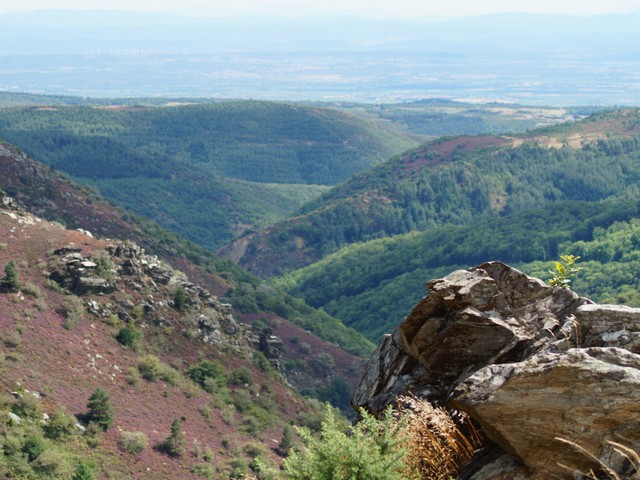
The Montagne Noire
Azille is just 12 miles/19km from the edge of the Montagne Noire, the eastern part of the vast Parc Natural Regional du Haut-Languedoc. Follow winding roads along river valleys and through sleepy villages to absorb the atmosphere and enjoy some amazing scenery. There are plenty of walking routes and some great cycling. There are also amazing grottoes to visit: the huge Gouffre de Cabesprine (16 miles/25km) and the Grotte de Limousis (17 miles/27km).
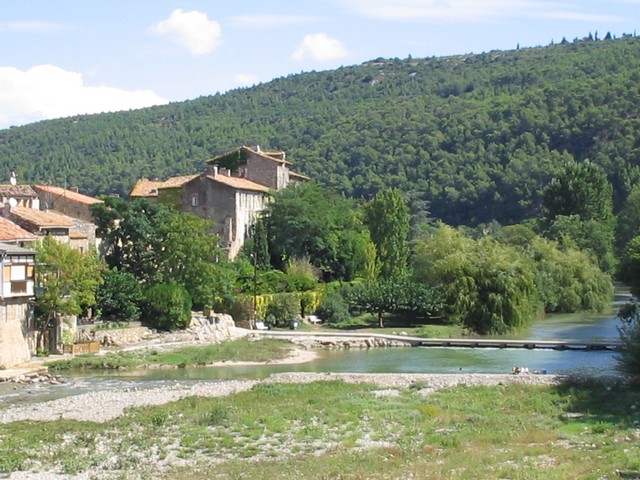
Bize-Minervois
This pretty medieval village has a couple of bars and restaurants and in the summer months there is swimming in the River Cesse, with lifeguards on duty. If you have children, it provides a good introduction to river swimming. Just a couple of kilometres from the village you will find l’Oulibo, a cooperative famed for producing some of the best olives and olive oils in France. 14 miles/22km.
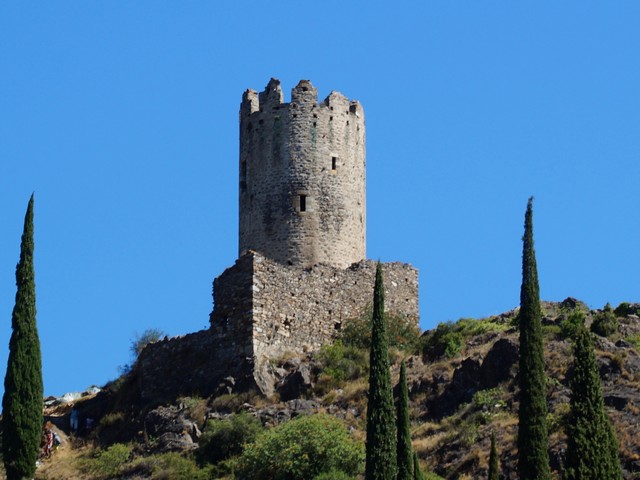
The Castles of Lastours
Four ruined castles towering on a rocky spur above the medieval village of Lastours make a stunning sight. You can clamber up the windy paths to explore each one as well as investigating the ruined remains of the original village, pillaged during the crusades. Head a few miles down the road to the viewing platform to take in the sight of all four castles clinging to the cliff face together. Open most of the year (closed in January). 18 miles/29km.
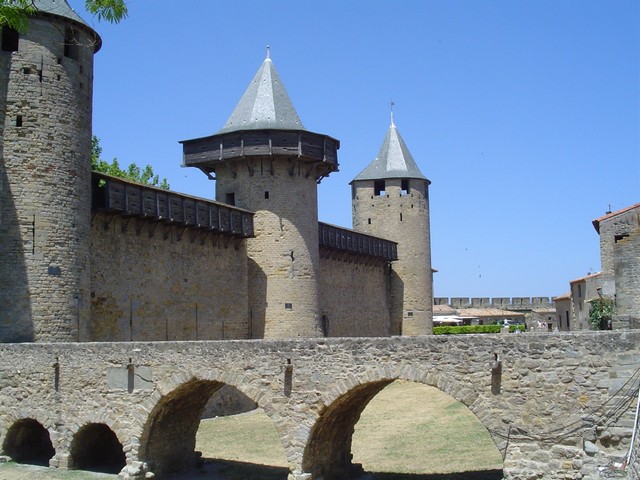
La Cité, Carcassonne
The Cité is a UNESCO world heritage site, a Grand Site du France and one of the country’s most visited tourist attractions. The medieval city is surrounded by two circular city walls, with 53 towers! The most complete set of medieval fortifications in existence, they also contain visible remains of the original Roman defences. The highlight is the Château Comtal (entry fee; guided tours optional). You can wander the streets of the citadel free of charge; there are excellent restaurants and many souvenir shops. The Carcassonne Festival runs throughout July with music to suit all tastes. If you are in the area on Bastille Day, 14 July, don’t miss the stunning firework display. 20 miles/32km.
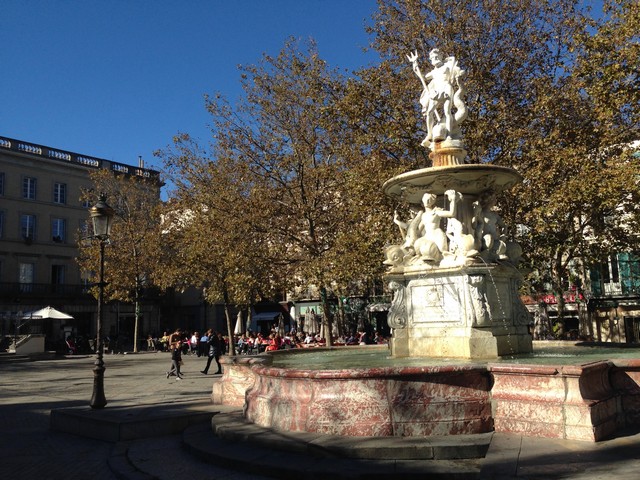
La Ville Basse, Carcassonne
The Ville Basse was founded in 1240, when the people of the Cité were banished following a doomed attempt to rid the city of its occupying crusaders. In 1355 the Ville Basse was burned by Edward the Black Prince when he failed in his bid to capture the Cité itself, during the Hundred Years’ War. Nowadays it’s a good place to escape the hordes of tourists invading the Cité. The original old town is known as the Bastide Saint-Louis and has buildings dating from the 13th to the 18th centuries as well as shops and restaurants. The Place Carnot is a good place to enjoy a cup of coffee or a drink in the shade; in the 19th century it was a favourite meeting place of Stendhal and Balzac. 20 miles/32km.
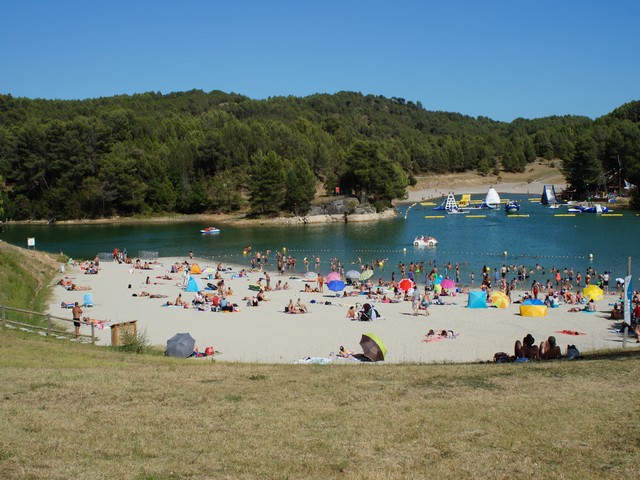
Lac de la Cavayère
A lovely spot in summer, also known as Carcassonne Plage, with three beaches, good swimming and lifeguards in attendance. Waterskiing and wake boarding, paddle boarding and pedalos are all available. Parc Acqualand provides lots of fun for families with its giant inflatables and truly enormous slide. Or simply enjoy the 5km walk around the lake. You can even fly above the lake on an aerial runway at O2 Adventures, which has high ropes walks through the trees for all ages and abilities. 20 miles/32km.
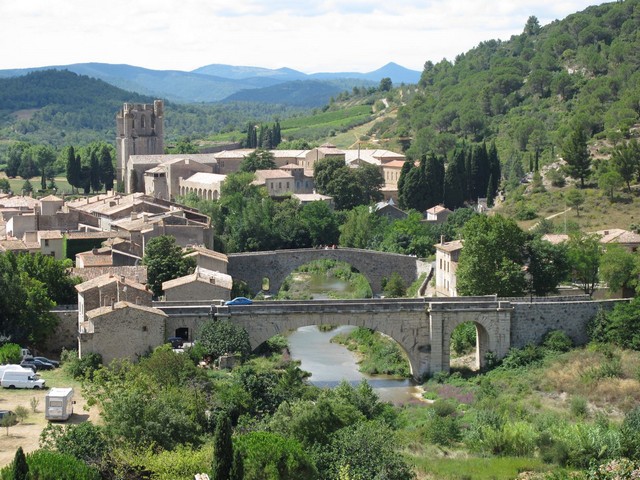
Lagrasse
One of the Plus Belles Villages de France. This very pretty village in the Corbières is known for its abbey, founded in 799AD. The village has a medieval covered market, many houses dating from the 14th to 16th centuries and a number of galleries, arts and crafts shops and restaurants. Pottery and book fairs take place in the summer, when there is also river swimming near the 12th-century humpbacked bridge. 20 miles/32km.
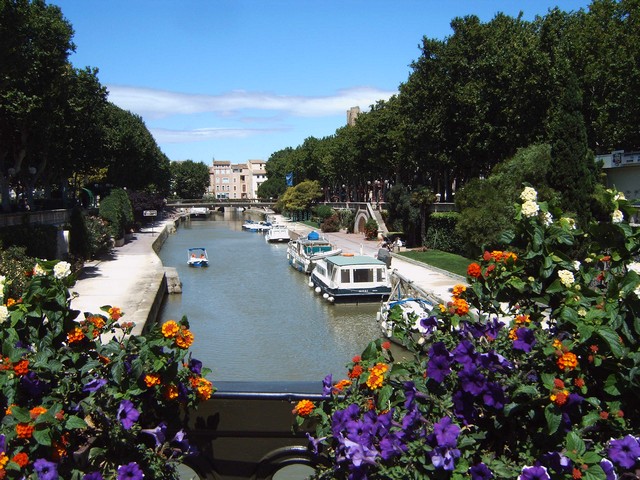
Narbonne
The city’s historic centre has a charming air of slightly faded gentility. There is a beautiful (unfinished) cathedral and an archbishop’s palace that now houses an archeological museum. Nearby, a small section of the old Via Domitia has been exposed so you can walk in Roman footsteps and the ancient horreum (grain warehouses) are worth a visit. You can explore the city with a tour on the petit train, or enjoy a boat ride on the Canal de la Robine. Don’t miss the art deco Les Halles market building, open daily – it’s a sight in itself, with a huge array of local produce and gourmet treats. A huge open-air market is held on the banks of the canal on Thursdays. Narbonne also has some very modern attractions – the Espace de Liberté has indoor and outdoor pools, ice skating, ten-pin bowling and a superb buffet restaurant which is a real treat (booking essential). 21 miles/33km.
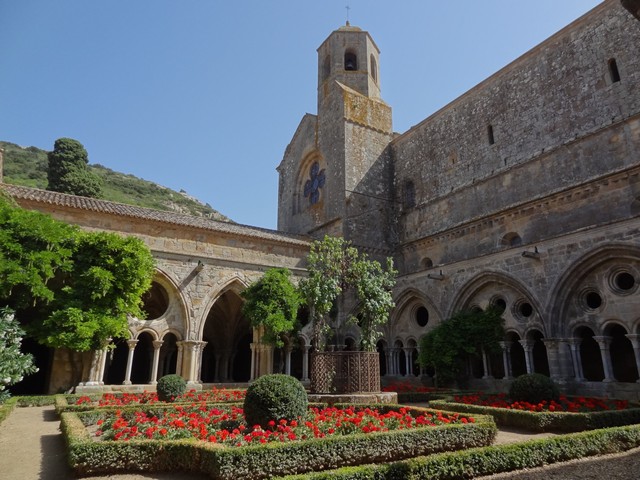
Abbaye Sainte-Marie de Fontfroide
The stunning architecture of this Cistercian abbey, founded in 1093, is very well preserved. Fontfroide has beautiful gardens as well as an excellent restaurant (booking advised even in low season) and a cellar offering wine tastings (AOC Corbières).The abbey lies at the bottom of the Corbières massif valley, in the heart of the Regional Natural Park of Narbonne, so a visit can be combined with a good walk or some mountain biking – though a stroll through the abbey gardens could prove equally satisfying. 22 miles/35km.
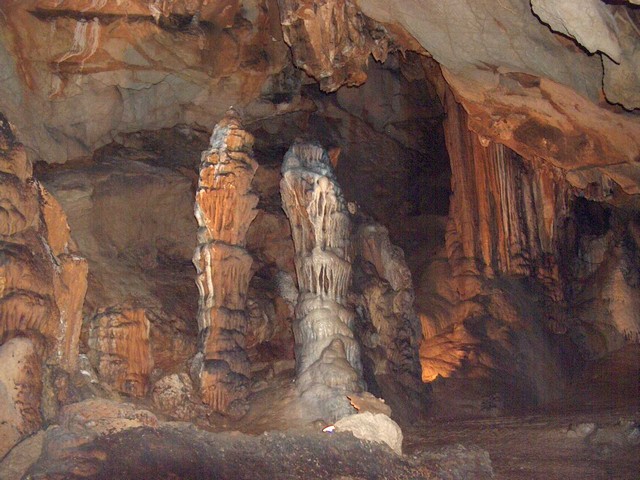
Grottoes
The Gouffre Géant de Cabrespine is so vast it could hold Paris’ Nôtre Dame cathedral. View it from on high, from both the panoramic walkway and the glass-bottomed viewing platform, or book a five-hour guided underground safari. 16 miles/25km from Azille. The nearby Grotte de Limousis has a series of caves, some with lakes. The final chamber has an enormous ‘crystal chandelier’ measuring 4m in height and 10m across. 18 miles/26km from Azille. You can buy a joint ticket to see both if you wish.